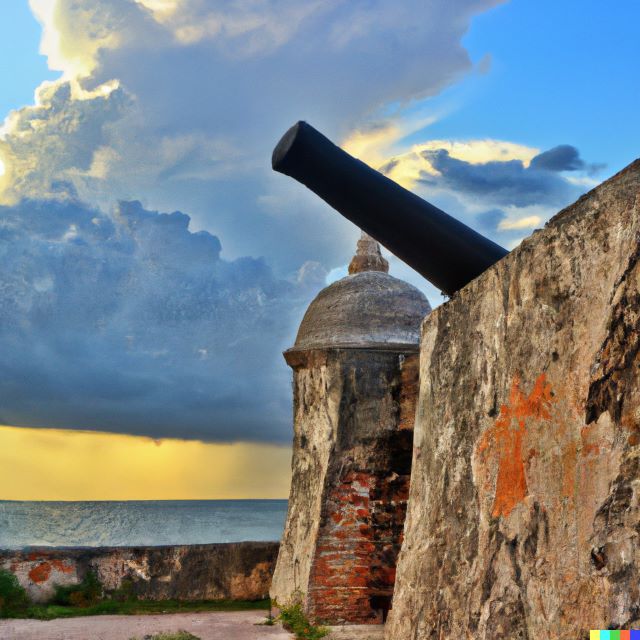The Spanish Crown's Struggle of Defending the Port of San Francisco de Campeche
Explore the history of San Francisco de Campeche, a vulnerable port targeted by pirates and invaders. Learn about the Spanish Crown's efforts to improve security and the native rebellion that hindered their plans.





